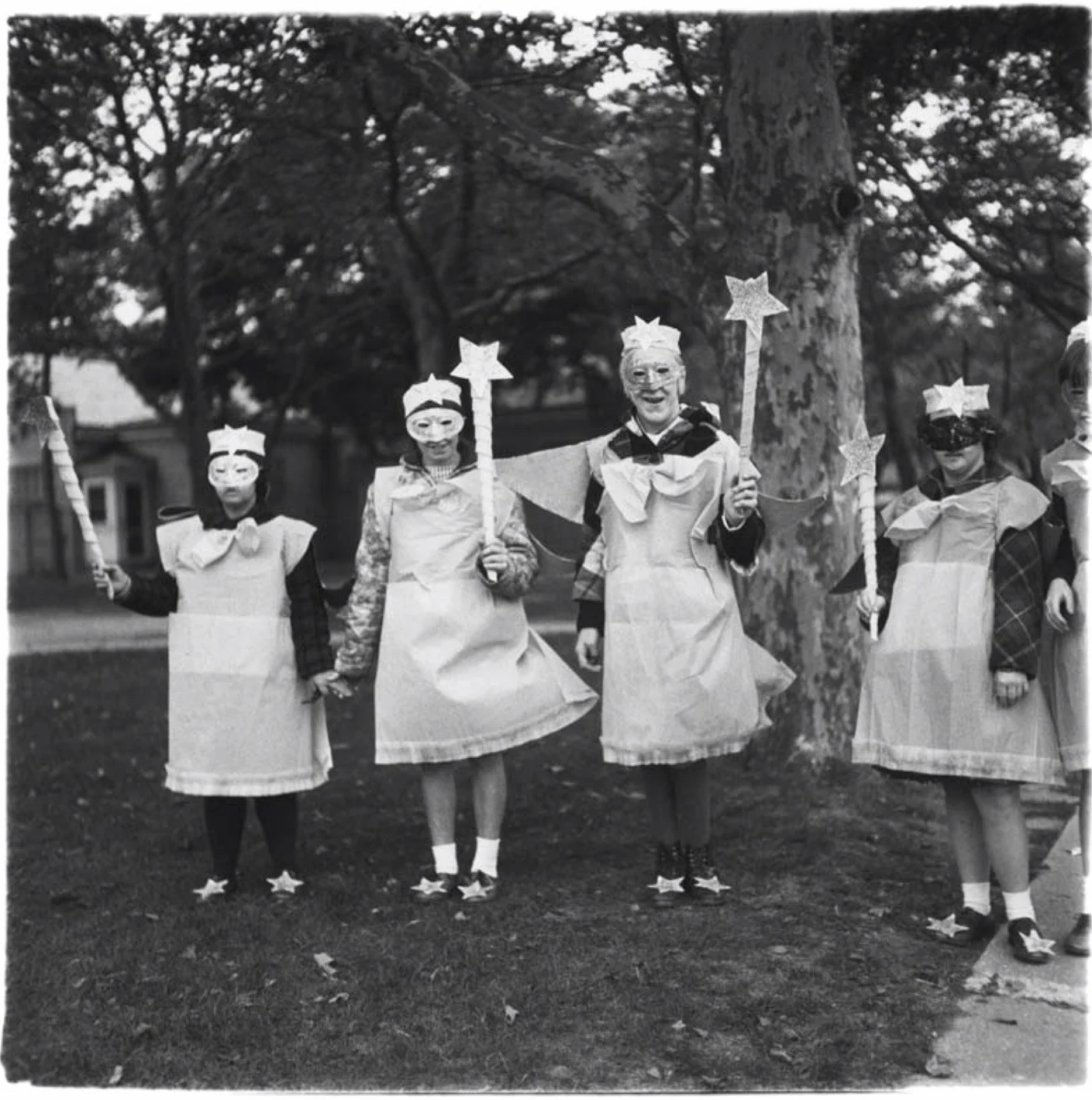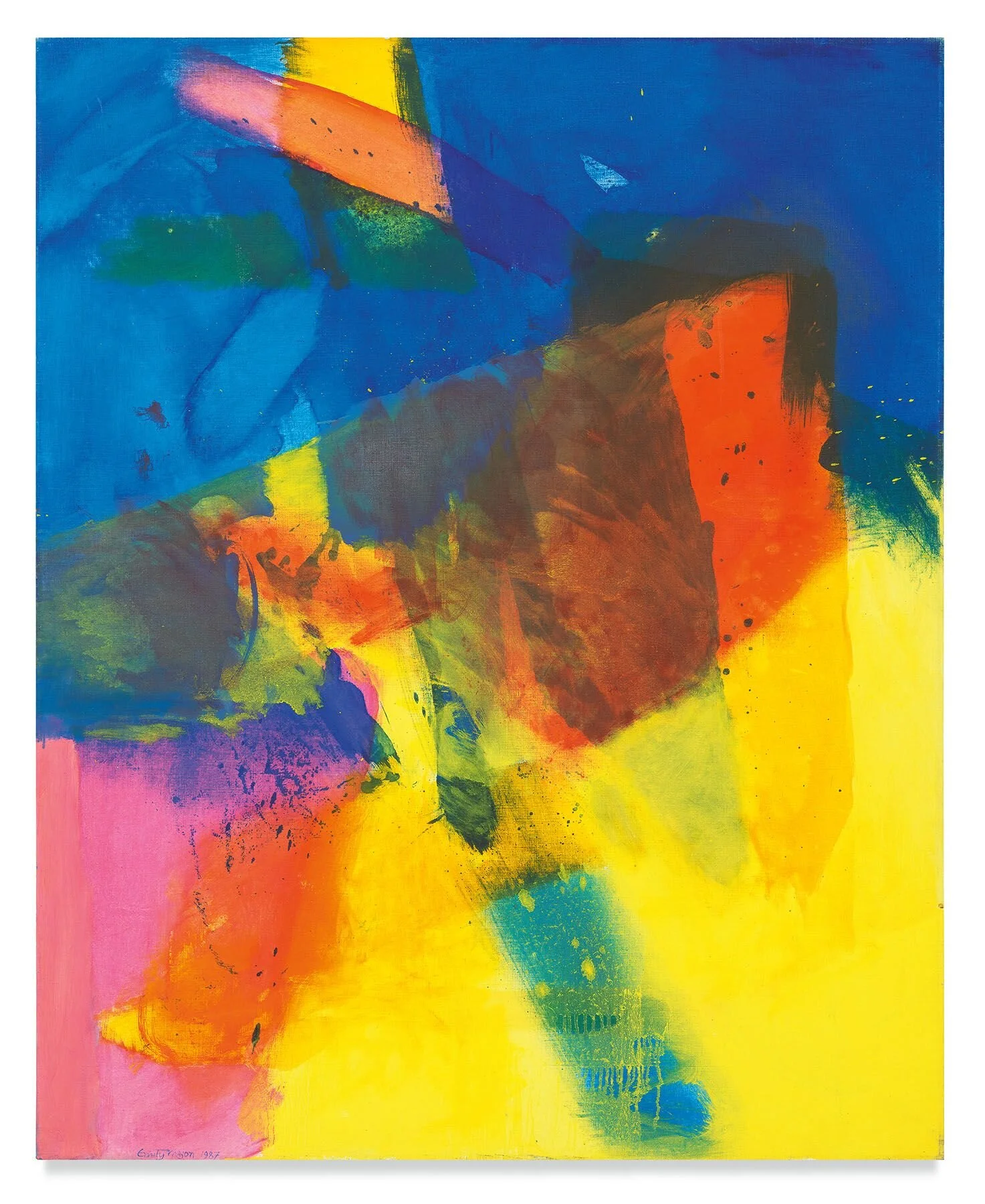Diane Arbus
“Cataclysm: The 1972 Diane Arbus Retrospective Revisited”
New York, 537 West 20th Street
In the fall of 1971, in the aftermath of Arbus’s death in July, her friend, colleague, and fellow artist Marvin Israel approached John Szarkowski, the legendary director of photography at The Museum of Modern Art, about the prospect of a retrospective exhibition of her work. Szarkowski, who had begun championing Arbus’s photographs in the late 1960s, quickly agreed to do the show. Though widely admired and respected by other photographers and artists, Arbus was not well known at the time of her death. When the exhibition opened, on November 7, 1972, no one, not even Arbus’s most fervent supporters, could have predicted its profound impact on museum visitors, nor the impassioned—at times vitriolic—critical response the exhibition would generate among writers and thinkers. It was the most highly attended one-person exhibition in the museum’s history, with lines down the block to see it. Szarkowski later recalled, “People went through that exhibition as though they were in line for communion.”1
Even at the time, the retrospective was recognized for almost single-handedly helping to elevate photography to the status of fine art, paving the way for museums, collectors, and the public to embrace a previously unrecognized innate authority and power within the medium. As the New York Times critic Hilton Kramer wrote of the exhibition, “what Diane Arbus brought to photography was an ambition to deal with the kind of experience that had long been the province of the fictional arts—the novel, painting, poetry and films—but had traditionally been ‘off limits’ to the nonfiction documentary art of the still camera.”2 John Perreault, writing in The Village Voice, noted, “I don’t usually write about photography … but just this once I can’t resist. Diane Arbus was such a great photographer that her work breaks out of all categories. Her retrospective at the Museum of Modern Art should be of interest even to those who are not usually at all interested in photography.”3
Diane Arbus, Triplets in their bedroom, N.J. 1963. © The Estate of Diane Arbus
Such praise from some critics was countered with derision and ridicule by others. Susan Sontag disparaged the exhibition in the pages of The New York Review of Books: “Arbus’s work shows people who are pathetic, pitiable, as well as horrible, repulsive, but it does not arouse any compassionate feelings.”4 Jane Allen, writing for the Chicago Tribune, attacked the show: “[Arbus] shows us people, so locked into their physical and mental limitations, that their movements are meaningless charades. They are losers almost to a man.”5 What seems to have enthralled some and enraged others about Arbus’s work was how she unflinchingly captured the singularity of her subjects, which—paradoxically—linked them to one another and by extension to the viewer. “This is what I love,” wrote Arbus at the age of sixteen, “the differentness, the uniqueness of all things and the importance of life.… I see the divineness in ordinary things.”6
Image: Diane Arbus, A very young baby, N.Y.C. [Anderson Hays Cooper], 1968
1 Quoted in Who Is Marvin Israel?, directed by Neil Selkirk and Doon Arbus (2005; www.neilselkirk.com/films).
2 Hilton Kramer, “From Fashion to Freaks,” The New York Times Magazine, November 5, 1972, p. 38.
3 John Perreault, “Art,” The Village Voice, November 23, 1972, p. 40.
4 Susan Sontag, “Freak Show,” The New York Review of Books, November 15, 1973, p. 14.
5 Jane Allen, “Charade of Losers in the Arbus World,” Chicago Tribune, April 8, 1973, p. 8.
6 Diane Arbus, high school essay on Plato, 1939. Quoted in Diane Arbus Revelations (New York: Random House, 2003), p. 70.







